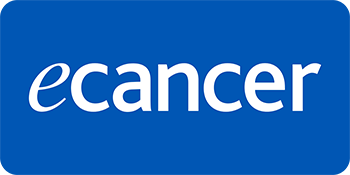Introduction: Head and neck cancer is characterised as traumatic, when compared to other types of cancer, due to the physical, physiological and social impact it has on the patient.
Objective: To evaluate hope and severe depression in patients with head and neck cancer during the COVID-19 pandemic.
Method: Quantitative, observational, and analytical; conducted in the outpatient department of the head and neck department of an oncological hospital in the city of Curitiba, Paraná, Brazil, with 60 patients with head and neck cancer being treated with chemotherapy and radiotherapy. Data collection took place between May and September 2020, with the application of three questionnaires: socio-demographic and clinical; Patient Health Questionnaire-9 (PHQ-9), to evaluate severe depression; and the Herth hope scale. Data analysis was through descriptive statistics and non-parametric Mann– Whitney, Kruskal–Wallis and Spearman correlation tests.
Results: The age of participants ranged from 34 to 85 years, with 61.7% being male. The diagnosis of cancer occurred in the oral cavity (53.3%) and larynx (33.3%); 28.3% (n = 1 7) presented with a diagnosis of depression; 8.6% (n = 5) are in treatment with psychology; and 10.3% (n = 6) are in treatment with psychotropic drugs. The analysis of the association of the PHQ-9 score with sex showed a mean score of 7.7 ± 6.2, with a higher level of depression in women. The mean hope score was 41.3 ± 3.1; however, during the pandemic, 35% (n = 21) reported feelings of anguish, anxiety and fear, with the latter being predominant and in association with the PHQ-9 score showing a mean of 8.2 ± 6.2 (p = 0.123). The association of hope with the number of children was statistically significant (p = 0.034) and in the education variable with the PHQ-9 score (p = 0.019).
Conclusion: The use of tools that assess both levels of hope and depression in patients undergoing chemotherapy and radiotherapy provides health professionals with support for the implementation of targeted actions to cope with the disease.







